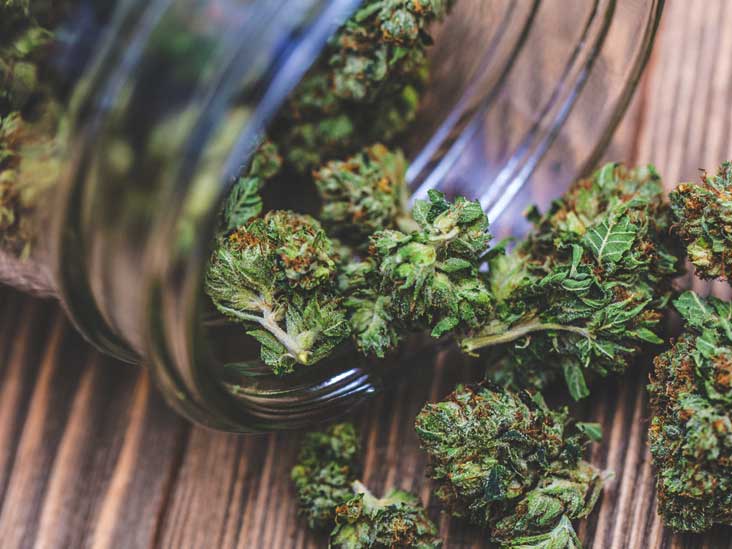Enter any bar or community place and canvass opinions on marijuana and there will be a different opinion for every single person canvassed. Some views is going to be well-informed from respectable options while the others will undoubtedly be just formed upon number base at all. To make sure, research and ideas based on the research is hard provided the long history of illegality. Nonetheless, there is a groundswell of opinion that pot is good and must be legalised. Many States in America and Australia have got the path to legalise cannabis. Different countries are possibly following match or contemplating options. Therefore what is the position now? Could it be great or perhaps not?
The National School of Sciences published a 487 page record in 2010 (NAP Report) on the current state of evidence for the niche matter. Several government grants supported the task of the committee, an eminent collection of 16 professors. They certainly were supported by 15 academic reviewers and some 700 applicable journals considered. Ergo the report is observed as state of the art on medical as well as recreational use. This article pulls greatly on this resource.
The word weed can be used freely here to symbolize cannabis and marijuana, the latter being sourced from an alternative part of the plant. Over 100 substance substances are found in pot, each perhaps giving differing advantages or risk. An individual who is “stoned” on smoking pot may experience a euphoric state wherever time is irrelevant, music and colours accept a greater significance and the individual may obtain the “nibblies”, wanting to eat special and fatty foods. This really is often connected with reduced motor abilities and perception. When large body levels are reached, weird ideas, hallucinations and worry episodes may possibly characterize his “trip “.
In the vernacular, weed is often characterized as “good shit” and “poor shit”, alluding to popular contamination practice. The toxins might come from land quality (eg pesticides & major metals) or included subsequently. Often contaminants of cause or tiny beans of glass augment the fat sold. A random choice of healing outcomes seems within context of the evidence status. A few of the outcomes will undoubtedly be found as valuable, while others hold risk. Some consequences are hardly distinguished from the placebos of the research.
Pot in the treating epilepsy is inconclusive on consideration of inadequate evidence. Nausea and nausea due to chemotherapy could be ameliorated by verbal cannabis. A decrease in the extent of pain in people with persistent suffering is just a likely outcome for the utilization of cannabis. Spasticity in Numerous Sclerosis (MS) patients was noted as changes in symptoms. Upsurge in hunger and decrease in weight reduction in HIV/ADS patients has been shown in confined evidence.
In accordance with restricted evidence cannabis is useless in the treating glaucoma. On the basis of restricted evidence, weed is beneficial in the treating Tourette syndrome. Post-traumatic condition has been helped by pot in a single reported trial. Confined statistical evidence factors to raised outcomes for traumatic head injury. There is inadequate evidence to declare that cannabis will help Parkinson’s disease. Limited evidence dashed expectations that marijuana may help enhance the symptoms of dementia sufferers.
Restricted mathematical evidence is found to support an association between smoking cannabis and heart attack. On the cornerstone of restricted evidence cannabis is useless to deal with despair The evidence for reduced threat of metabolic dilemmas (diabetes etc) is bound and statistical. Cultural nervousness disorders can be served by pot, although the evidence is limited. Asthma and marijuana use isn’t well supported by the evidence both for or against.
Post-traumatic condition has been served by cannabis in a single described trial. A summary that cannabis can help schizophrenia victims cannot be supported or refuted on the basis of the restricted nature of the evidence. There’s reasonable evidence that better short-term sleep outcomes for upset sleep individuals. Maternity and smoking pot are correlated with decreased birth fat of the infant. The evidence for stroke caused by cannabis use is limited and statistical.
